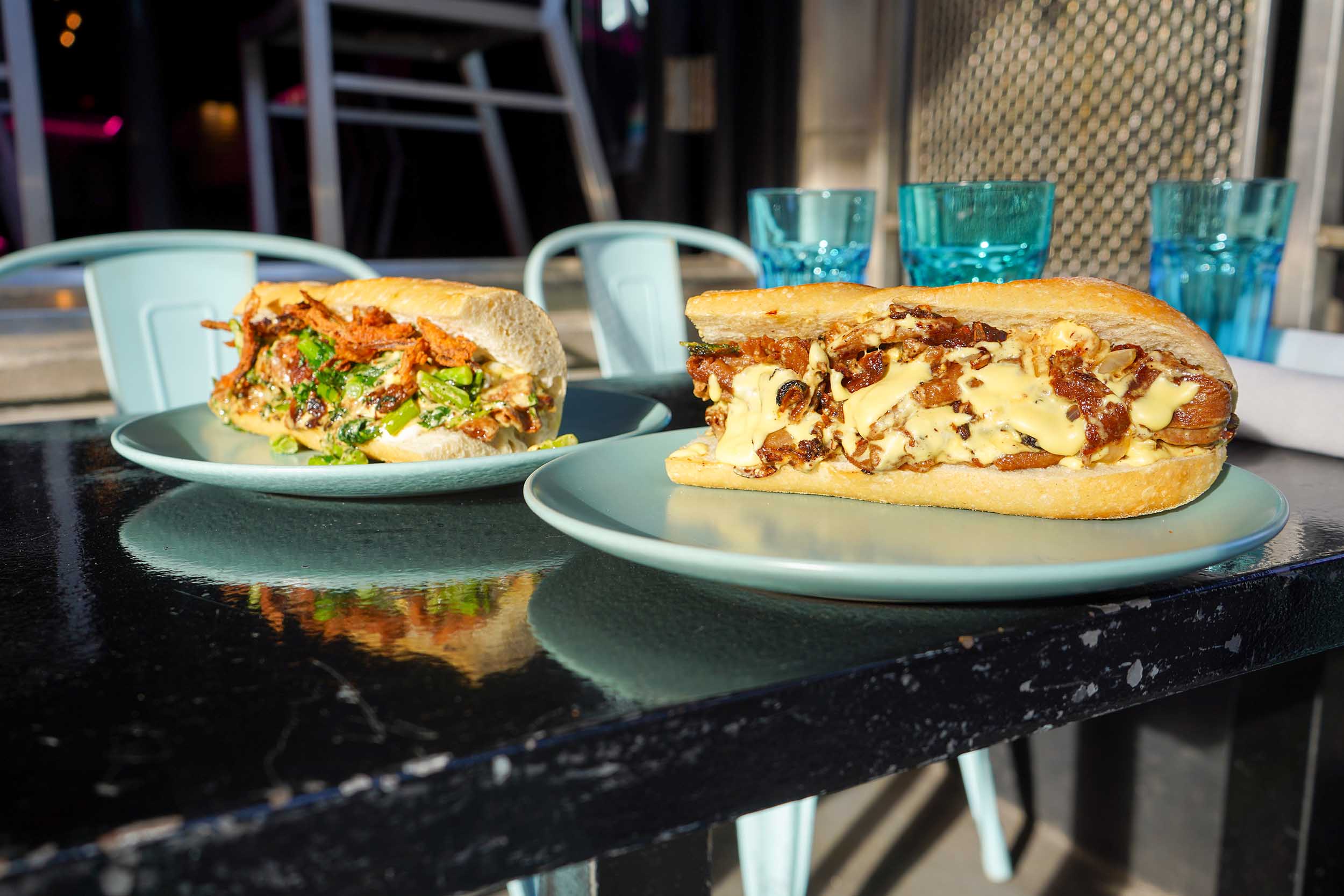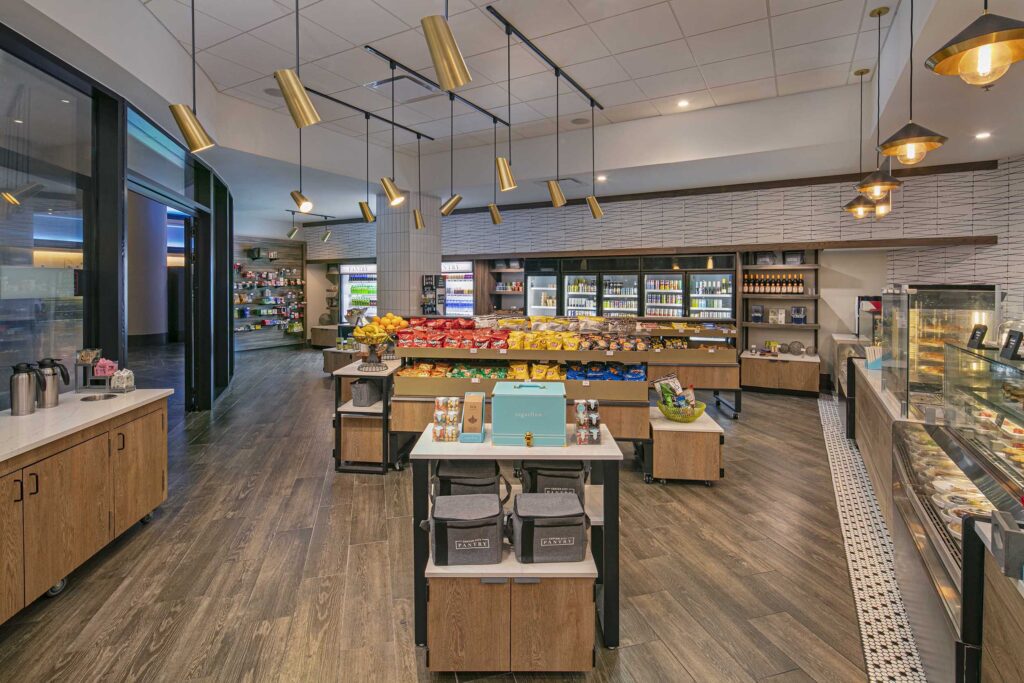
Looking to lower your meeting’s carbon footprint? It starts in the kitchen. Learn how the Society of Behavioral Medicine ditched meat for an entire day of its annual meeting in Philadelphia.
After the Society of Behavioral Medicine wrapped up its 2023 annual meeting, attendees noticed a somewhat surprising question on the post-event survey: Plant-based foods have lower carbon footprint than other foods. Would you favor SBM offering only plant-based food options for at least one day of the conference?
Sam Wilson, senior events manager at SBM, said the question was part of a test to determine if the organization could take its sustainability efforts to a new level by embracing a low-carbon menu at its 2024 annual meeting in the City of Brotherly Love.
“SBM, as a whole, is committed to a very healthy lifestyle,” Wilson said. “A lot of the decisions and the function of the meeting are already geared towards that. As far as our existing menus prior to this year’s meeting, we didn’t offer red meat. We always had some sort of gluten-free vegan option available. Even when it came to our breakfast, we didn’t do pork sausage or bacon. A full plant-based day was an initiative that our Climate Change and Health Special Interest Group was especially passionate about.”

The Center City Pantry at the Philadelphia Marriott Downtown.
With 70 percent of attendees in favor of a plant-based day at the next annual meeting, Wilson got to work with the catering team at the Philadelphia Marriott Downtown to taste the possibilities of a meat-free day, knowing that the dishes needed to be able to impress that 30-percent chunk who wasn’t interested in the change. “When we were on site, they offered us a couple of different vegan apps,” Wilson said. “One was a stuffed mushroom with vegan cheese and Impossible sausage, and another was a vegan mini cheese ‘steak’ with sriracha ketchup.”
Appealing to Shifting F&B Preferences While Managing Budget Concerns
While the number of people who follow a plant-based diet every day is still relatively small — approximately 4 percent of Americans, according to the latest data — plant-based options are becoming increasingly popular. “It’s become a preferred cuisine for quite a few people,” Wilson said, “not only for health reasons, but just more so for day-to-day life.”
That rise in popularity for plant-based meals made the move at SBM’s meeting much easier. “It was not any more difficult than planning a standard program,” Wilson said. “Even before this, we needed to accommodate dietary restrictions and other requests.”
Wilson pointed out that the plant-based menu did have higher costs than a traditional menu, but the hotel worked with him to keep the budget in check. And while the expenses were higher, the carbon emissions were much lower, delivering on the Climate Change and Health SIG’s goals. A study from UCLA shows that someone on a vegan diet is typically responsible for 3.6 pounds of carbon emissions per day — much lower than the 5.8 to 18 pounds of emissions associated with a typical American diet.
Sharing the Impact Story
When attendees started to fill their plates on the plant-based day, some might have wondered why they saw so many “vegan” labels. To avoid confusion and potential frustration from any attendees who were craving a chicken sandwich, the organization focused on connecting the dots between what they were eating and what they were doing for the planet.
“We heavily promoted the rationale and climate impact of the day, including signage on each meal buffet that day to make sure attendees knew why the food may have been different than they expected,” Amy Myers, senior communications and membership manager at SBM, said. “This helped them feel good about what they were eating and headed off any possible complaints.”
Brain food and study snacks. The poster session is on #SBM2024 @BehavioralMed pic.twitter.com/oV78V7i52n
— SBM (@BehavioralMed) March 15, 2024
For planners who might be a bit skeptical of making this kind of change, Wilson has some simple advice. “Be open to it,” he said. “When the idea first appeared, we knew we could technically do it, but we weren’t really sure if it would be good. When we saw some of the options from the chef, we knew it was possible, and the choices will ultimately make a difference in helping attendees feel better when they’re attending sessions, networking and making the most of their time together.”
Learn more about Philadelphia’s commitment to sustainability and the venues and service providers who can help you make eco-friendly updates to your next meeting.


